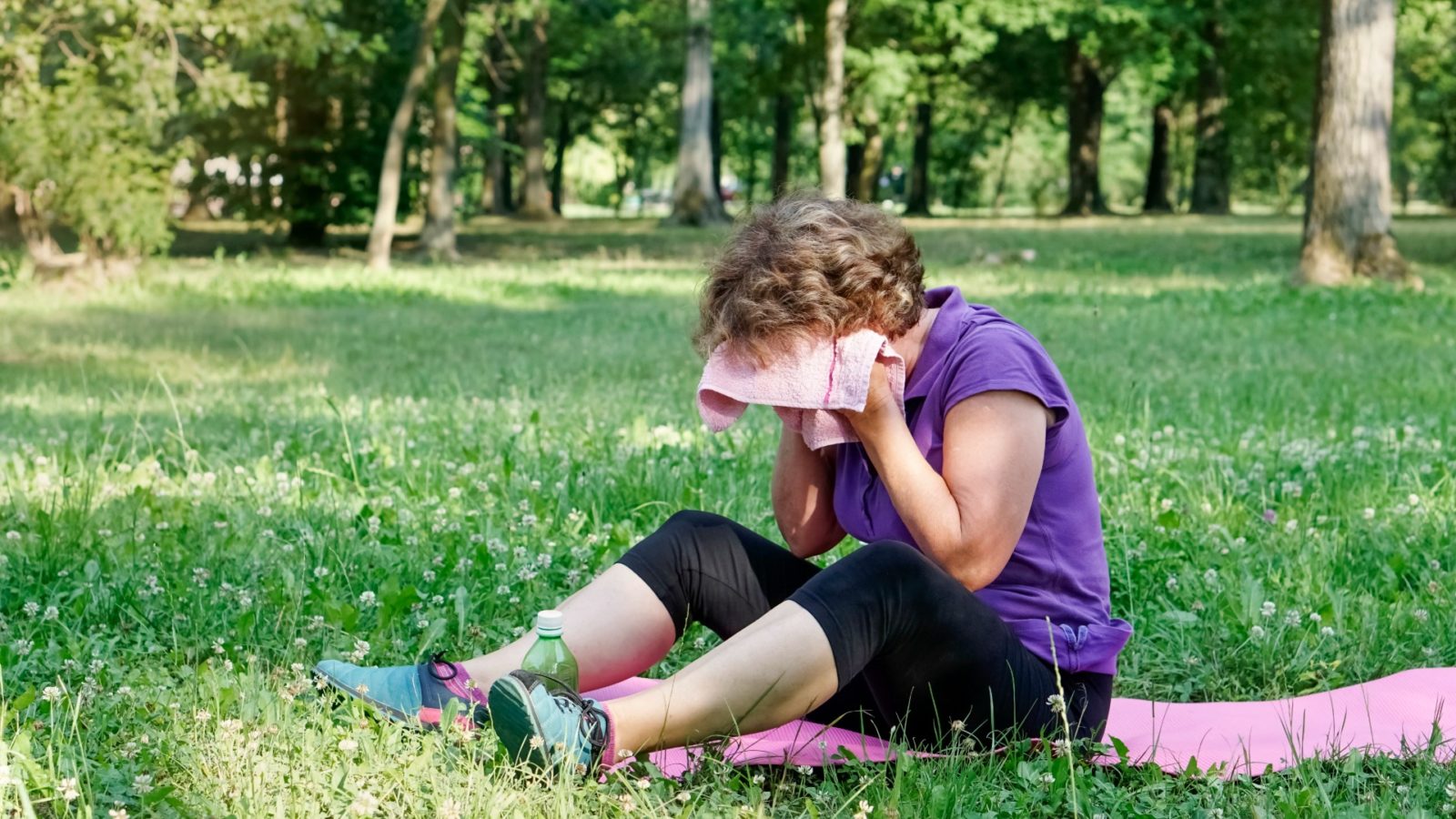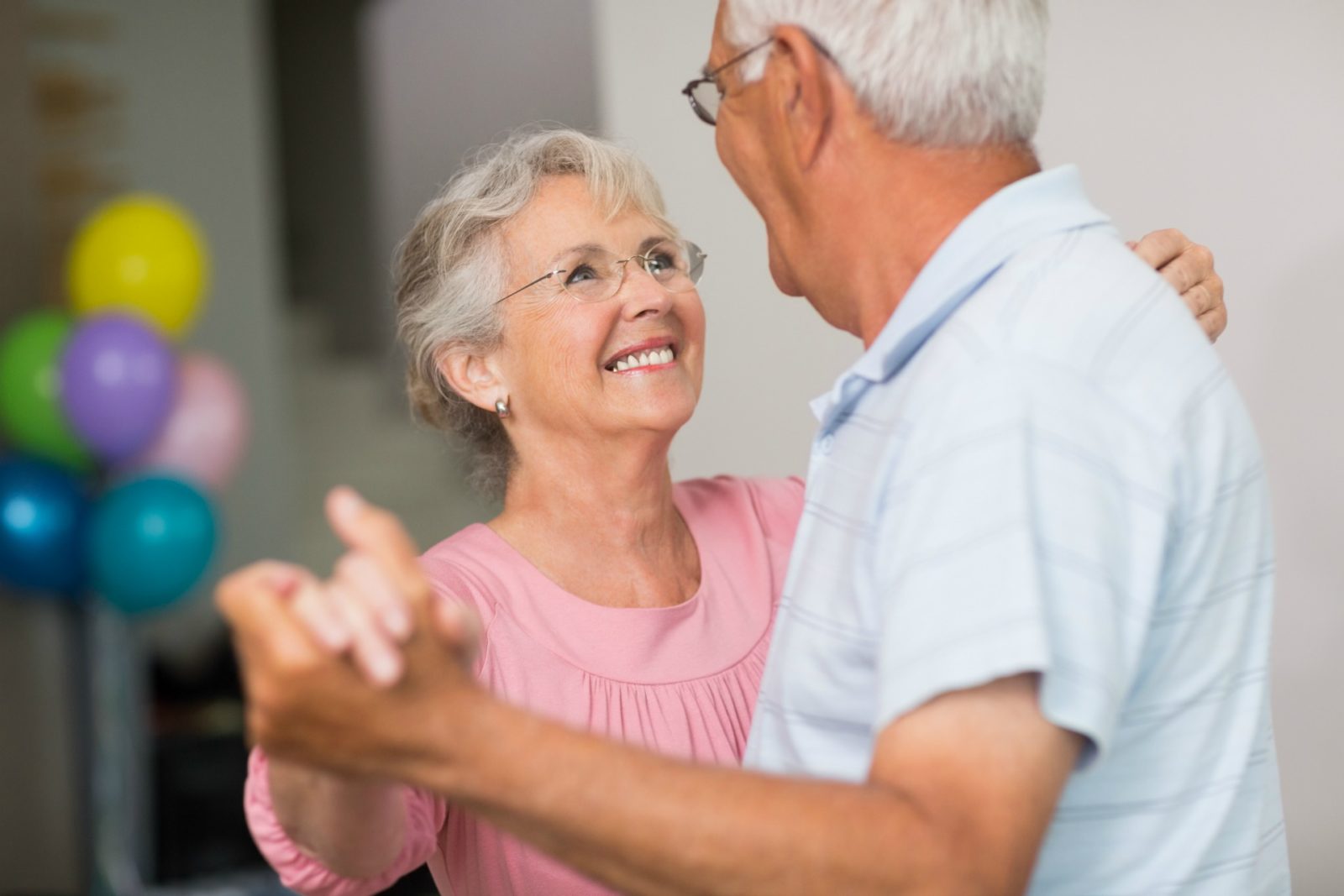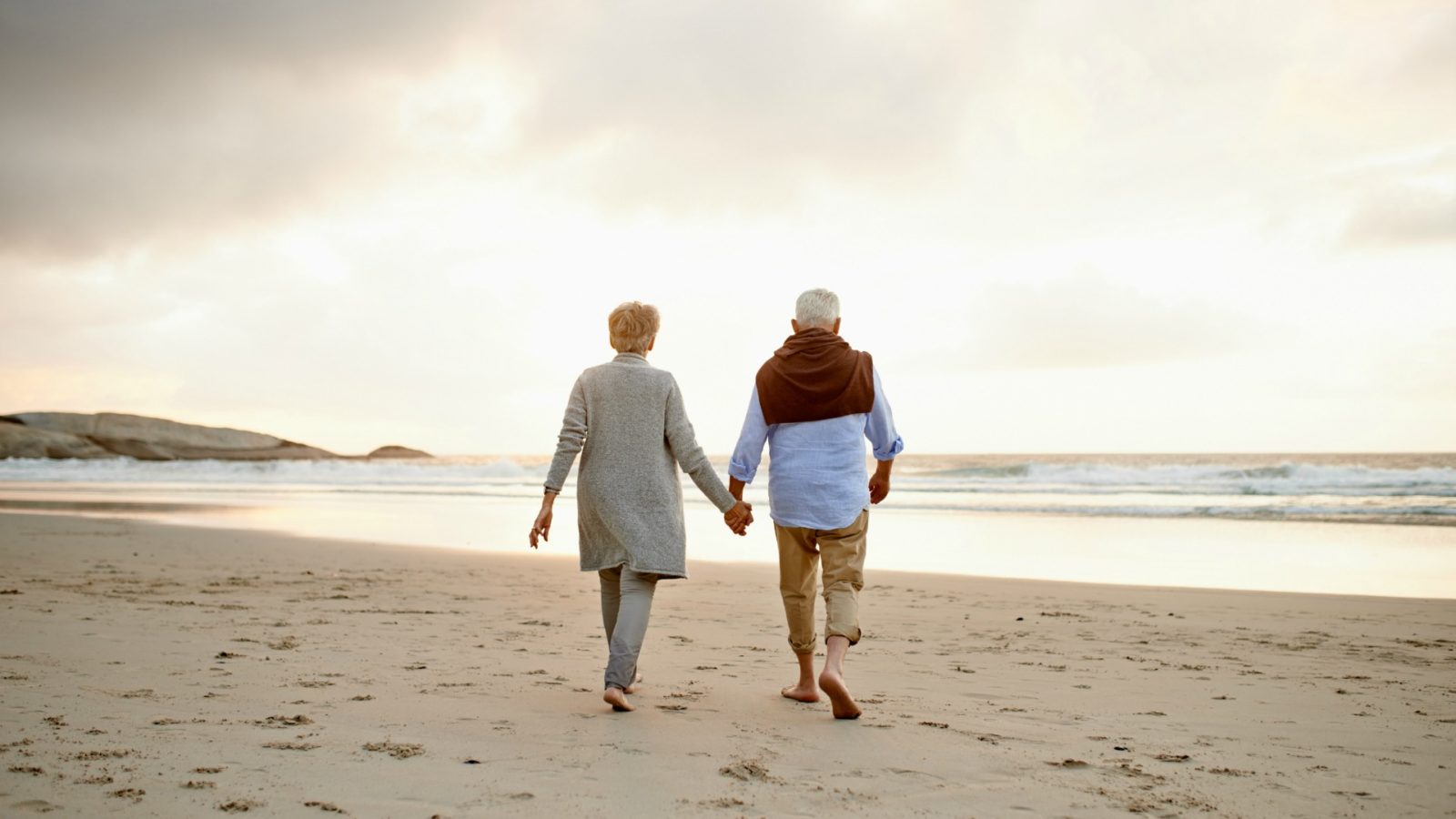
Older members of the community are constantly being told to keep active and exercise regularly to maintain a happy and healthy lifestyle, but there’s no denying doing the same exercises day in and day out can be boring and demotivating.
Most people also realise that exercise isn’t a “one glove fits all” thing and finding the right formula for individual circumstances and health needs is also important.
It’s key to realise that physical exercise doesn’t necessarily mean running marathons, lifting heavy weights or pushing yourself beyond your limit. According to the World Health Organization (WHO), physical activity in older people is split into three main categories. The first, leisure, includes things many over-60s are already doing daily including swimming, walking, gardening, hiking and dancing.
The second, occupational, applies to activities completed by those still at work, while transportation in the form of walking or cycling are also considered physical activity.
WHO also says older adults should be completing 150 minutes of moderate-intensity aerobic physical activity a week or at least 75 minutes of vigorous-intensity aerobic physical activity. Moderate exercise includes things like uphill and brisk walking, aqua and low-impact aerobics, swimming, yoga, tennis and golf, while vigorous activities include exercises including jogging, martial arts or cycling on an exercise bike at vigorous speed.

Of course increasing this is encouraged, but attention should also be given to activities that enhance balance and prevent falls, as well as exercises that increase muscle strength.
Similar to WHO’s recommendations, various studies have shown the positive impact exercise can have on overall health and wellbeing and what can happen when people shun it. For example, research published in the Lancet Global Health Journal found as many as 1.4 billion adults around the world are shunning physical activity at the risk of their health.
That number, which reflects more than a quarter of the population, found adults weren’t as active as they could be putting them at increased risk of cardiovascular disease, Type 2 diabetes, dementia and some cancers.
Thankfully, getting active isn’t as scary or daunting as it may seem and there are effective ways people can easily introduce new movements and activities into their daily regime.
Pilates and yoga are similar in many ways. While Pilates is good for the core, yoga is great at maintaining flexibility. Both are offered at local gyms and at many community centres, but they can also be completed from the comfort of the home.
Pilates exercises, for example, focus on building the body’s core and work at getting the diaphragm, pelvic floor and muscles behind the abs to work together. This improves posture and can even align the spine and core muscle regions to reduce osteoarthritis.
There are many different types of Pilates exercises out there and it can take a while to find one to suit individual needs, but most will focus on breathing, concentration, control, posture, relaxation and stamina.
Yoga on the other hand helps people feel calm and peaceful, can improve posture, increase flexibility and strength and improve mobility and energy. There are a variety of different types of yoga including Bikram (hot yoga that is intended to make people sweat), Hatha (focusing on slow and gentle movements), Vinyasa flow (focusing on flow) and Restorative (using props to achieve physical, mental and emotional relaxation).
Read more: Is Pilates right for you?

Muscle loss and weakness is a normal part of the ageing process and muscles don’t regenerate as fast when people are older. In addition to a loss of strength, it can also cause a loss of mobility, balance and can hinder the ability to live an independent life.
While protein in diet is important, strengthening exercises also play an important role in muscle strength. Resistance training uses an external force such as dumbbells or resistance bands to stimulate muscle contraction. This not only increases the muscle size and strength, but also endurance and tone.
Equally, exercises such as repetitive forward or sideways lunges and sitting down and standing up from a chair repeatedly can also help.
A 2017 study published in the FASEB Journal found that resistance training may prevent age-related tendon problems, such as ruptures and tendinopathies.
Read more: Why protein and muscle strength are key for over-65s

While it’s fun to do, dancing can also do wonders for strength, cardio and even mental health. A study published in the Scandinavian Journal of Medicine and Science in Sports found that older women who dance are 73 per cent less likely to need help with routine tasks such as bathing, dressing and eating.
It is thought dancing makes daily life easier too, by improving balance and thinking skills. Other studies, such as one published in the Frontiers in Human Neuroscience Journal, found older people who routinely partake in physical exercise can reverse the signs of ageing in the brain. While all exercise was proven beneficial, the study claimed dancing had the greatest benefit.

Swimming is a great form of exercise, particularly for people who can’t strain or push their bodies too much. Not only is it easy on the joints, but it’s an effective way of getting the body moving again. Research by Harvard has found swimming can do wonders for cholesterol levels, blood pressure, as well as energy output. What’s more, swimming was found to be better than running for improving these health areas.
Hitting the pool can also improve mental health (particularly if swimming as part of a group or club), increase flexibility and improve muscle tone.

It sounds basic but a brisk walk can do wonders for health with very little effort. In fact, researchers from the University of Cambridge recently found that a brisk 20-minute walk daily can reduce the risk of early death and help combat heart disease and cancer.
Again, walking for longer periods could have greater impacts, while holding hand weights could be another way of taking the exercise up a notch.

It’s always important to talk to a health professional about the exercise that’s best for individual needs and to take into consideration how physical activity may impact existing medical conditions.